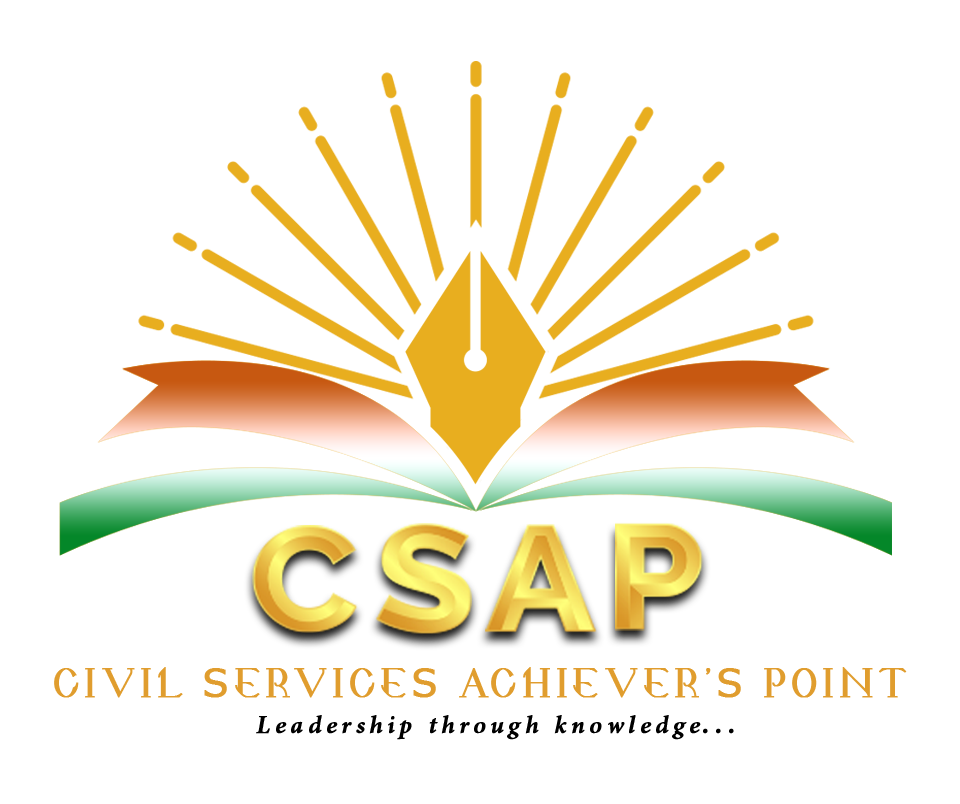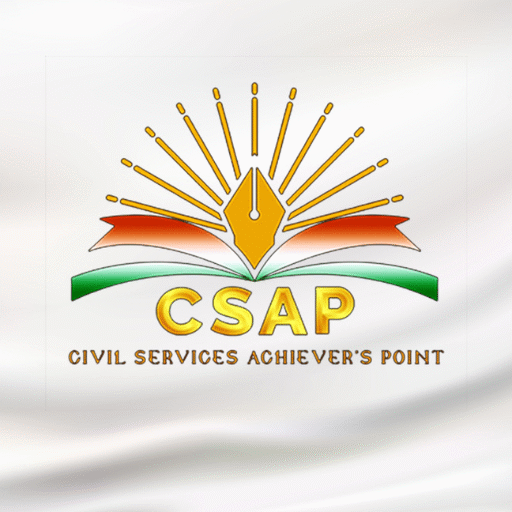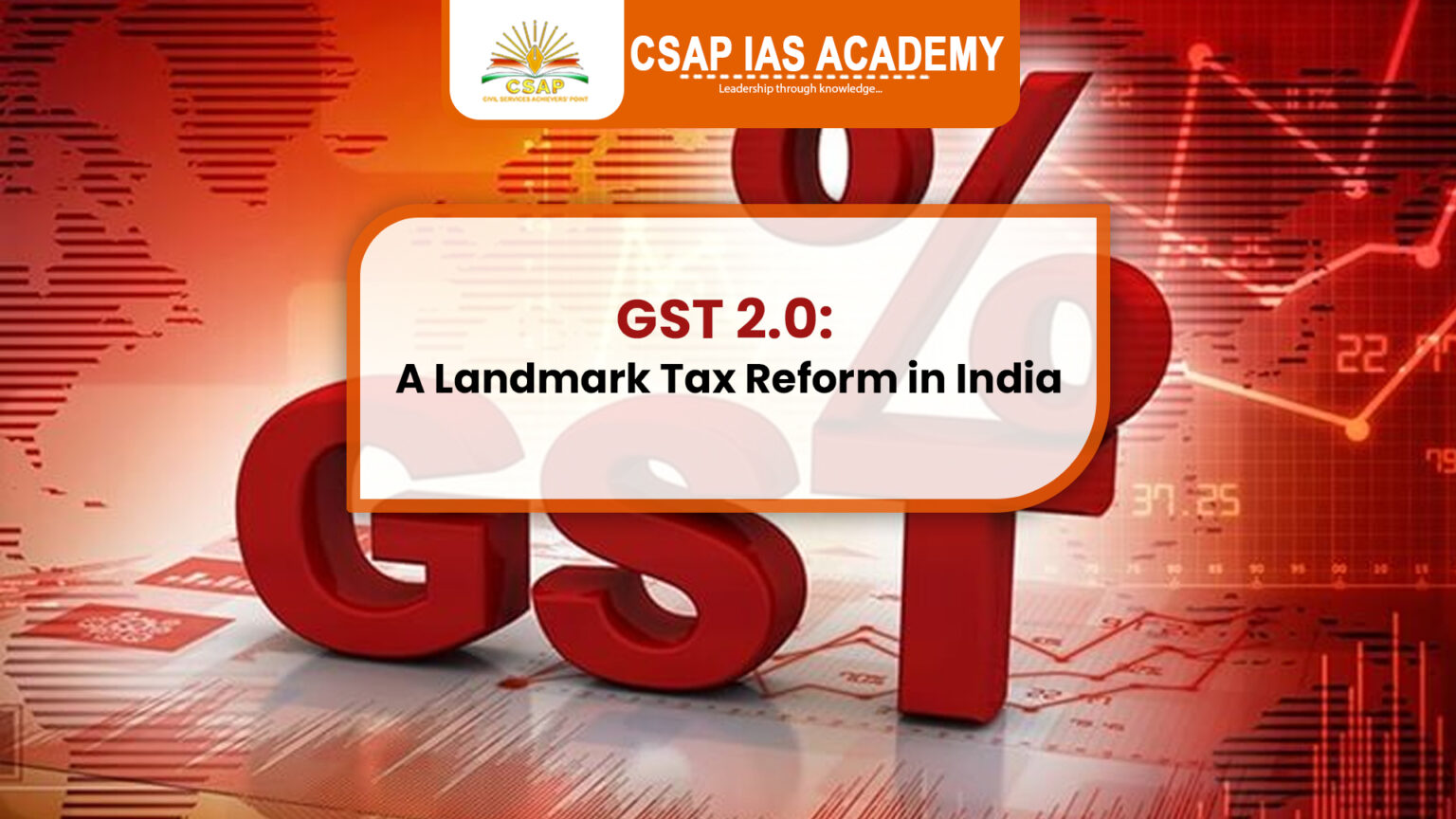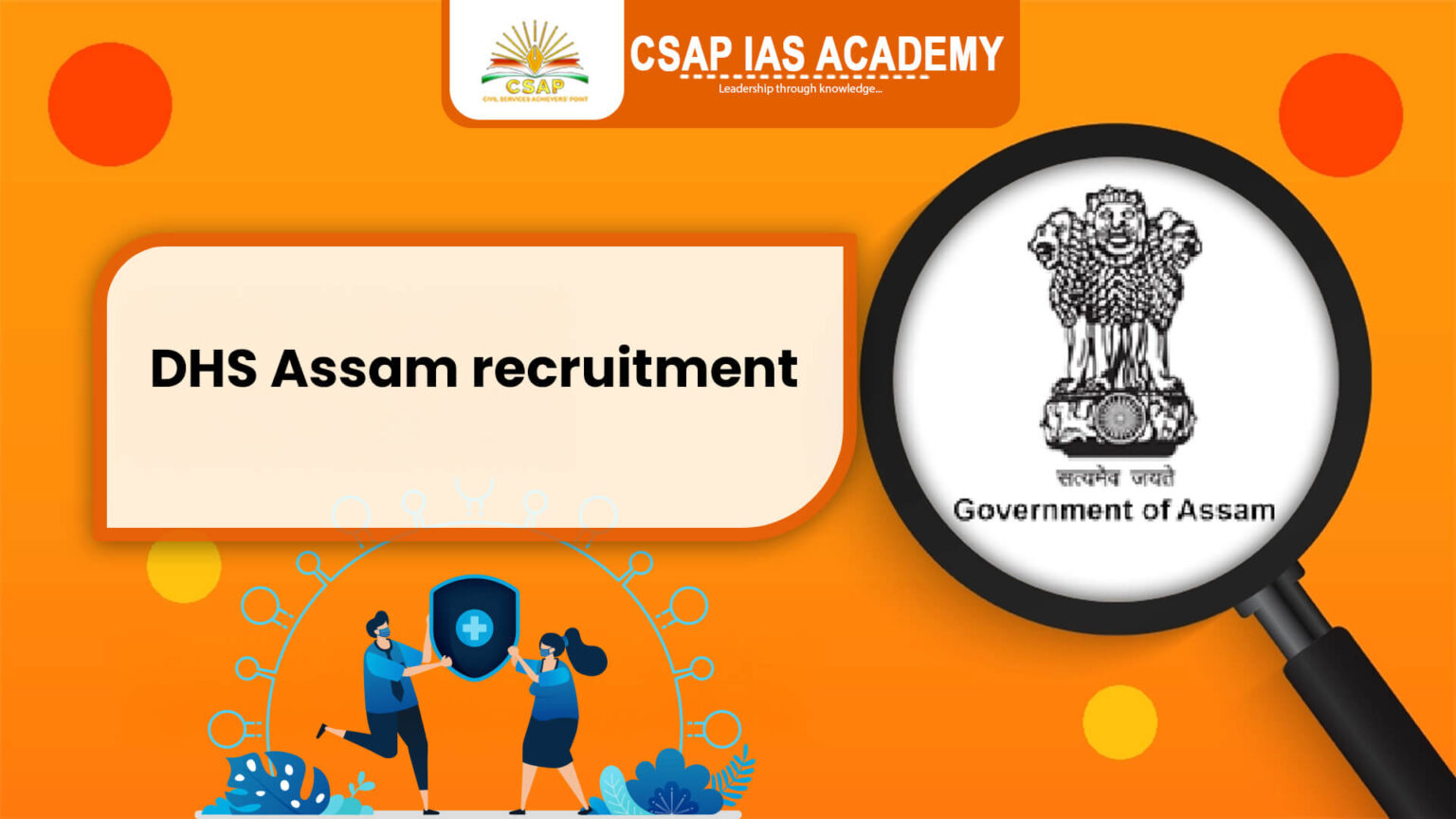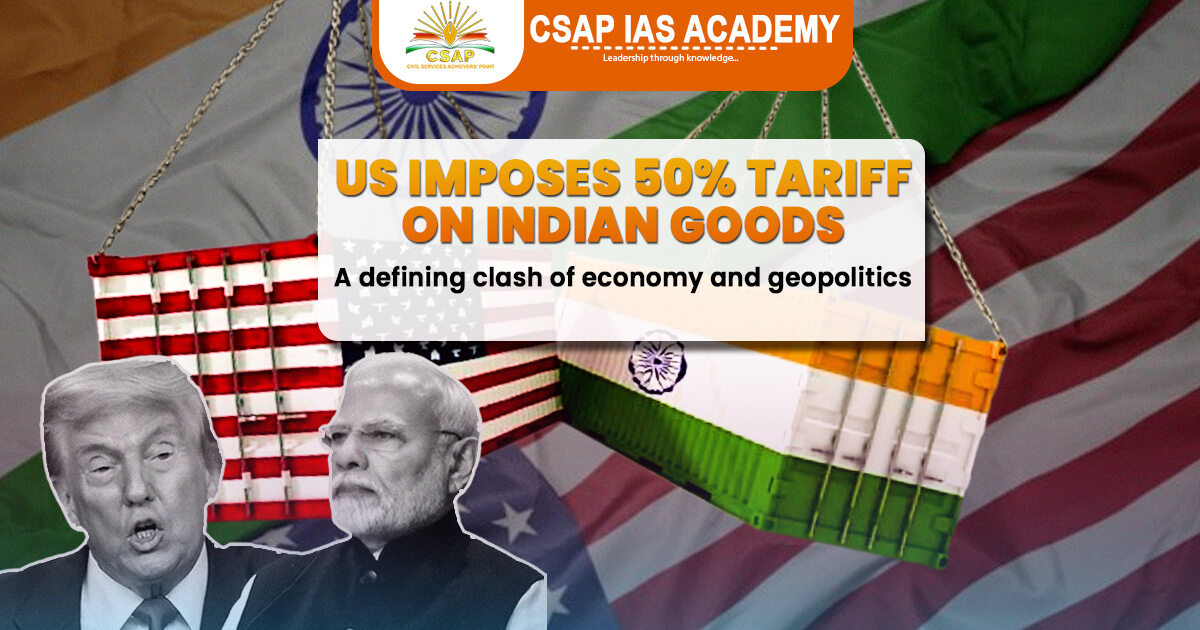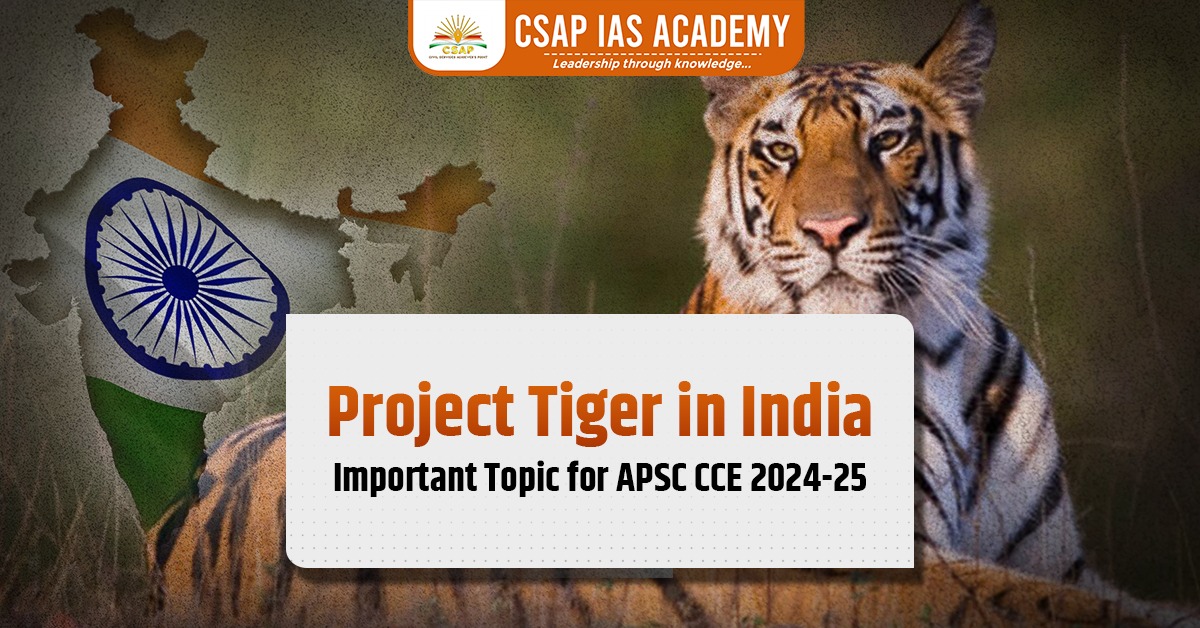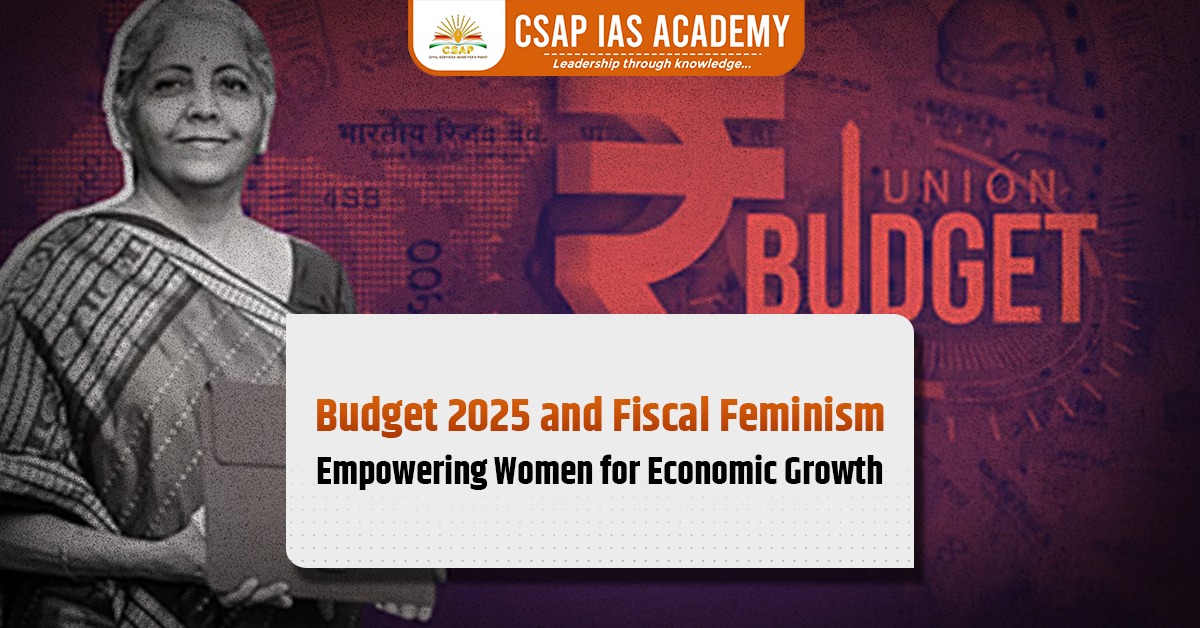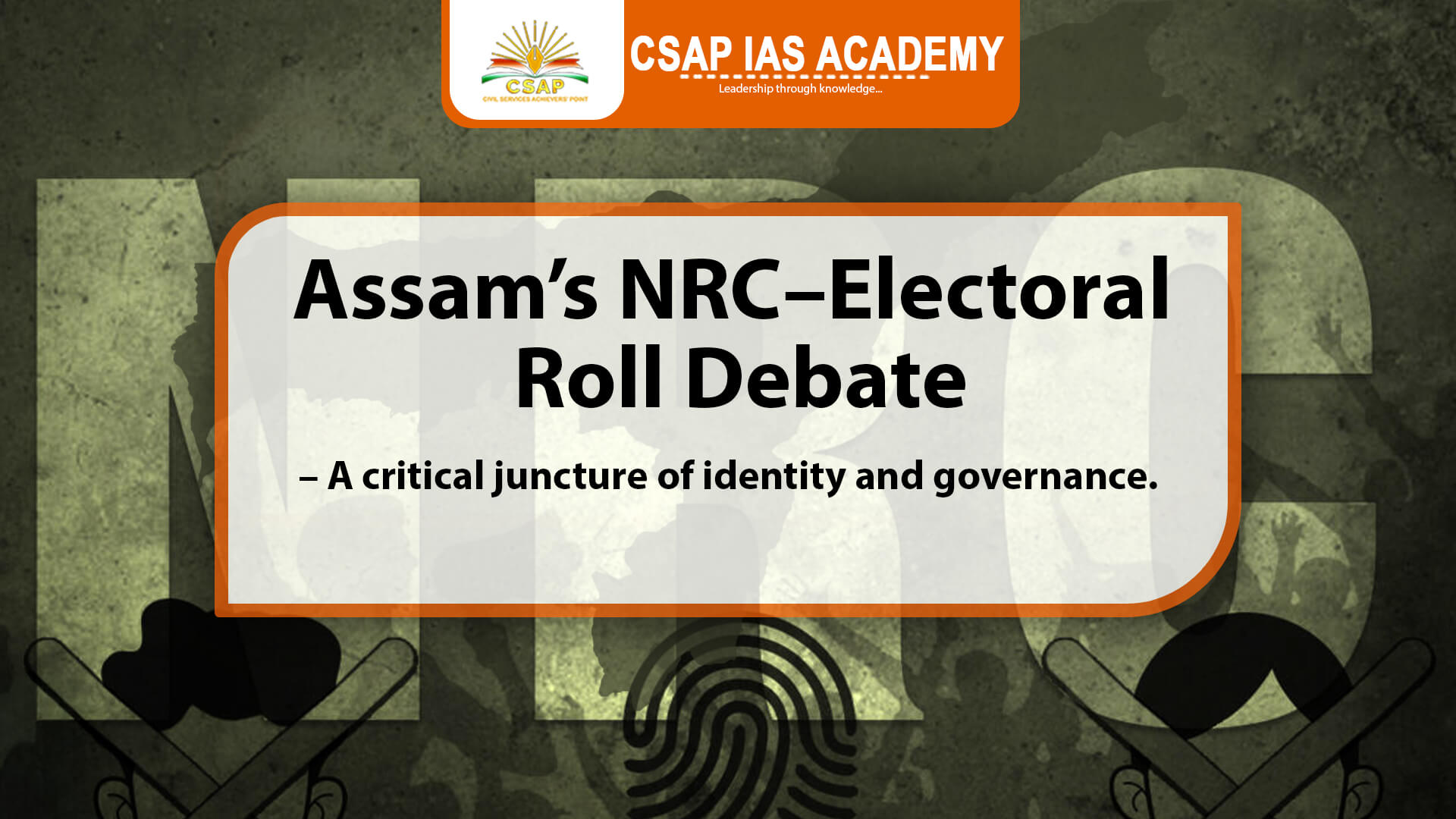Polity Previous Year Questions (PYQs) | UPSC Mains Examination
Q: Who are entitled to receive free legal aid? Assess the role of National Legal Services Authority (NALSA) in rendering free legal aid in India. [10 Marks] [2023]
Q: “The Constitution of India is a living instrument with capabilities of enormous dynamism. It is a constitution made for a progressive society.” Illustrate with special reference to the expanding horizons of the right to life and personal liberty. [15 Marks] [2023]
Q: Explain the constitutional perspectives of Gender Justice with the help of relevant Constitutional Provisions and case laws. [15 Marks] [2023]
Q: Account for the legal and political factors responsible for the reduced frequency of using Article 356 by the Union Governments since mid-1990s. [15 Marks] [2023]
Q: Explain the significance of the 101st Constitutional Amendment Act. To what extent does it reflect the accommodative spirit of federalism. [15 Marks] [2023]
Q: Explain the structure of the Parliamentary Committee system. How far have the financial committees helped in the institutionalization of Indian Parliament? [15 Marks] [2023]
Q.1) “Right of movement and residence throughout the territory of India are freely available to the Indian citizens, but these rights are not absolute.” Comment. [150 Words] [10 Marks] [2022]
Q.2) ‘Constitutional Morality’ is rooted in the constitution itself and is founded on its essential facets. Explain the doctrine of Constitutional Morality’ with the help of relevant judicial decisions. [150 Words] [10 Marks] [2021]
Q.3) Indian Constitution exhibits centralising tendencies to maintain unity and integrity of the nation. Elucidate in the perspective of the Epidemic Diseases Act, 1897; The Disaster Management Act, 2005 and recently passed Farm Acts. [250 Words] [15 Marks] [2020]
Q.4) “Parliament’s power to amend the Constitution is a limited power and it cannot be enlarged into absolute power.” In the light of this statement explain whether Parliament under Article 368 of the Constitution can destroy the Basic Structure of the Constitution by expanding its amending power? [250 Words] [15 Marks] [2019]
Q.5) Under what circumstances can the Financial Emergency be proclaimed by the President of India? What consequences follow when such a declaration remains in force? [250 Words] [15 Marks] [2018]
Q.6) Explain the salient features of the constitution (One Hundred and First Amendment) Act, 2016. Do you think it is efficacious enough ‘to remove cascading effect of taxes and provide for common national market for goods and services’? [250 Words] [15 Marks] [2017]
Q.7) Examine the scope of Fundamental Rights in the light of the latest judgement of the Supreme Court on Right to Privacy. [250 Words] [15 Marks] [2017]
Q.8) To what extent is Article 370 of the Indian Constitution, bearing marginal note “temporary provision with respect to the State of Jammu and Kashmir”, temporary? Discuss the future prospects of this provision in the context of Indian polity. [200 Words] [12.5 Marks] [2016]
Q.9) Discuss each adjective attached to the word ‘Republic’ in the ‘Preamble’. Are they defendable in the present circumstances? [200 Words] [12.5 Marks] [2016]
Q.10) What was held in the Coelho case? In this context, can you say that judicial review is of key importance amongst the basic features of the Constitution? [200 Words] [12.5 Marks] [2016]
Q.11) In the integrity index of Transparency International, India stands very low. Discuss briefly the legal, political, social and cultural factors that have caused the decline of public morality in India.[200 Words] [12.5 Marks] [2016]
Q.12) Discuss the possible factors that inhibit India from enacting for its citizen a uniform civil code as provided for in the Directive Principles of State Policy. [200 Words] [12.5 Marks] [2015]
Q.13) Does the right to clean environment entail legal regulation on burning crackers during Diwali? Discus in the light of Article 21 of Indian Constitution and judgements of the apex in this regard. [200 Words] [12.5 Marks] [2015]
Q.14) What do understand by the concept “freedom of speech and expression”? Does it cover hate speech also? Why do the films in India stand on a slightly different plane from other forms of expression? Discuss. [200 Words] [12.5 Marks] [2014]
Q.15) Discuss-Section 66A of IT Act, with reference to its alleged violation of Article 19 of the Constitution. [200 Words] [10 Marks] [2013]
Q.16) Recent directives from Ministry of Petroleum and Natural Gas are perceived by the ‘Nagas’ as a threat to override the exceptional status enjoyed by the State. Discuss in light of Article 371A of the Indian Constitution. [200 Words] [10 Marks] [2013]
Topic: Functions and responsibilities of the Union and the States, issues and challenges pertaining to the federal structure, devolution of powers and finances up to local levels and challenges therein:
Q: “The states in India seem reluctant to empower urban local bodies both functionally as well as financially.” [10 Marks] [2023]
Q.1) To what extent, in your opinion, as the decentralization of power in India changed the governance landscape at the grassroots? [150 Words] [10 Marks] [2022]
Q.2) While the national political parties in India favour centralisation, the regional parties are in favour of State autonomy.” Comment. [250 Words] [15 Marks] [2022]
Q.3) The jurisdiction of the Central Bureau of Investigation (CBI) regarding lodging FIR and conducting probe within a particular State is being questioned by various States. However, the power of the States to withhold consent to the CBI is not absolute. Explain with special reference to the federal character of India. [250 Words] [15 Marks] [2021]
Q.4) How far do you think cooperation, competition and confrontation have shaped the nature of federation in India? Cite some recent examples, to validate your answer. [150 Words] [10 Marks] [2020]
Q.5) The strength and sustenance of local institutions in India has shifted from their formative phase of ‘Functions, Functionaries and Funds’ to the contemporary stage of Functionality’. Highlight the critical challenges faced by local institutions in terms of their functionality in recent times. [250 Words] [15 Marks] [2020]
Q.6) From the resolution of contentious issues regarding distribution of legislative powers by the courts, ‘Principle of Federal Supremacy’ and ‘Harmonious Construction’ have emerged. Explain. [150 Words] [10 Marks] [2019]
Q.7) Assess the importance of the Panchayat system in India as a part of local government. Apart from government grants, what sources the Panchayats can look out for financing developmental projects? [250 Words] [15 Marks] [2018]
Q.8) “The local self-government system in India has not proved to be effective instrument of governance”. Critically examine the statement and give your views to improve the situation. [150 Words] [10 Marks] [2017]
Q.9) Discuss the essentials of the 69th Constitutional Amendment Act and anomalies, if any, that have led to recent reported conflicts between the elected representatives and the institution of the Lieutenant Governor in the administration of Delhi. Do you think that this will give rise to a new trend in the functioning of the Indian federal politics? [200 Words] [12.5 Marks] [2016]
Q.10) Did the Government of India Act, 1935 lay down a federal constitution? Discuss. [200 Words] [12.5 Marks] [2016]
Q.11)The concept of cooperative federalism has been increasingly emphasized in recent years. Highlight the drawbacks in the existing structure and extent to which cooperative federalism would answer the shortcomings. [200 Words] [12.5 Marks] [2015]
Q.12) In the absence of well–educated and organised local level government system, Panchayats and Samitis have remained mainly political institutions and not effective instrument of governance. Critically Discuss.[200 Words] [12.5 Marks] [2015]
Q.13) Though the federal principle is dominant in our Constitution and that principle is one of its basic features, but it is equally true that federalism under the Indian Constitution leans in favour of a strong Centre, a feature that militates against the concept of strong federalism. [200 Words] [12.5 Marks] [2014]
Q.14) Starting from inventing the ‘basic structure’ doctrine, the judiciary has played a highly pro active role in ensuring that India develops into a thriving democracy. In light of the statement, evaluate the role played by judicial activism in achieving the ideals of democracy.[200 Words] [12.5 Marks] [2014]
Q.15) Many States Governments further bifurcate geographical administrative areas like Districts and Talukas for better governance. In light of the above, can it also be justified that more number of smaller States would bring in effective governance at State level? Discuss. [200 Words] [10 Marks] [2013]
Q.16) Constitutional mechanisms to resolve the inter-state water disputes have failed to address and solve the problems. Is the failure due to structural or process inadequacy or both? Discuss. [200 Words] [10 Marks] [2013]
